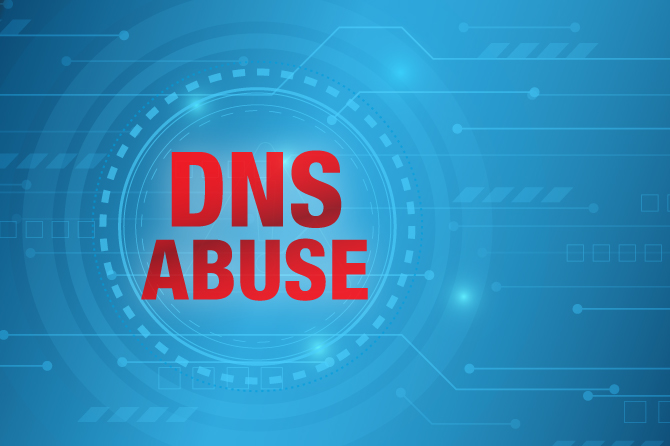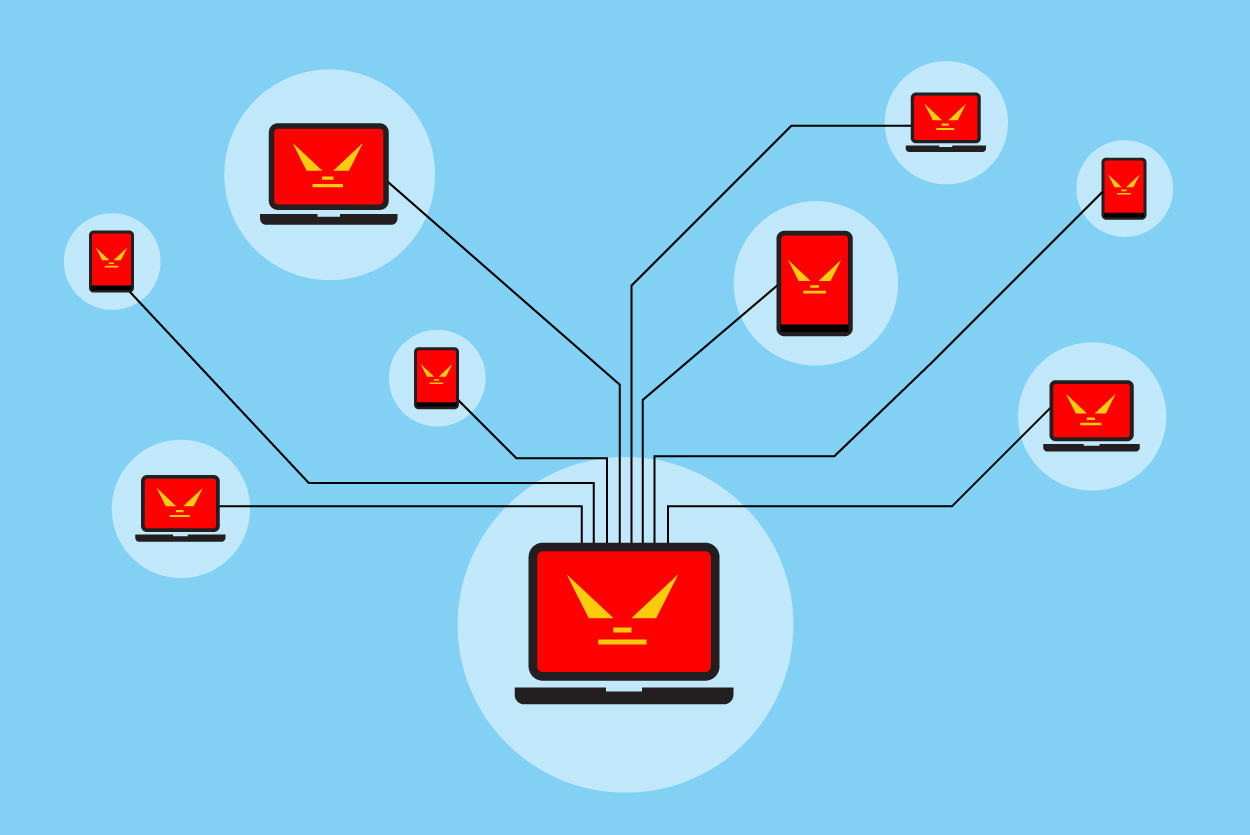The Domain Name System Security Extensions (DNSSEC) help protect the integrity of DNS data, supporting both online navigation and other uses of domain names as identifiers in applications. In the time since DNSSEC was first introduced in 2005, both the RSA algorithm and elliptic curve cryptography have served as the primary signature algorithms for DNSSEC. But with the potential of large-scale quantum computing on the horizon, there may soon come a time when those algorithms no longer suffice.
(more…)








